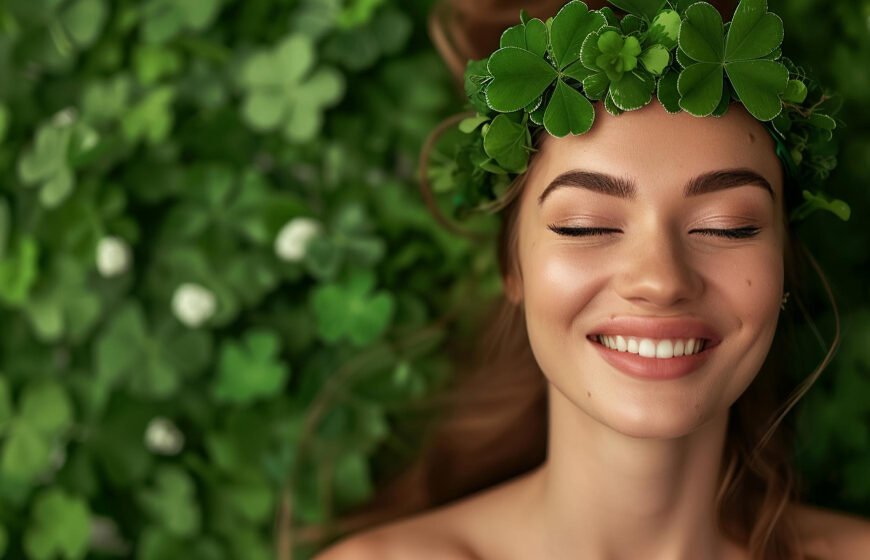Let’s face it, “clean beauty” is the buzzword that won’t quit. It’s on every store shelf, splashed across your social feed, and fueling all sorts of online debates. But behind the pretty packaging, what does this trend actually stand for? And more importantly, is it worth the switch?
The Problem with “Clean”
Here’s the thing: there isn’t a single, agreed-upon definition of “clean beauty.” It’s a bit of a wild west out there. Some brands use it to signal they’ve axed a few suspect ingredients, while others go full-blown reformulation.
“Beauty lies in the eyes of the beholder.” – Plato
The Usual Suspects (And Why They Get the Boot)
Okay, let’s talk about what generally gets ditched in the name of “clean”:
- Parabens: Preservatives that have gotten some bad press, with potential links to hormonal issues, especially with long-term use.
- Phthalates: Sneaky chemicals in fragrances and plastics, also suspected of messing with our hormones.
- Synthetic fragrances: Can be a black box of mystery ingredients – some of which might irritate the heck out of your skin.
- Harsh Sulfates (SLS, SLES): These create awesome lather, but they can also leave your skin feeling like sandpaper.
Now, here’s something to chew on: some ingredients get labeled as “bad” even though the amounts used in cosmetics are likely too small to trigger major issues. It’s all about personal choices and how cautious you want to be.
Does “Clean” = Better? Not Automatically.
Here’s where things get messy:
- The Preservation Predicament: Without standard preservatives, clean products spoil faster and open the door to growing icky stuff. Some natural preservatives aren’t exactly gentle either.
- Greenwashing Galore: A “clean” sticker doesn’t magically make a product awesome. Some are loaded with cheap fillers, and plenty of not-so-clean “natural” ingredients can still cause reactions.
- Performance Problems: Let’s be real, some clean products don’t yet hold a candle to their conventional counterparts. Think clumpy mascara or that foundation that turns into an oil slick by noon.
So, Should You Care About Clean Beauty?
Forget the idea of “clean” vs. “dirty” beauty. It’s about smart choices tailored to you! Here’s how to strike a balance:
- Get Ingredient Savvy: Ignore the labels, and actually flip over that bottle. Train yourself to spot ingredients that you want to avoid.
- Patch Test Everything: “Clean” or not, a new product could always irritate your skin. Test a little on your inner arm before fully committing.
- Celebrate Small Wins: No pressure to ditch your entire routine at once. Swap out products as they run out if that’s your jam.
- Listen to Your Skin: If you find conventional products that perform amazingly and have ingredients you’re okay with, that’s absolutely fine!
The Takeaway: Clean Beauty is a Personal Quest
There’s no single right answer when it comes to what you put on your face. It’s a process of learning, experimenting, and finding what aligns with your values and skin’s needs. And that, my friend, is a journey worth taking.









